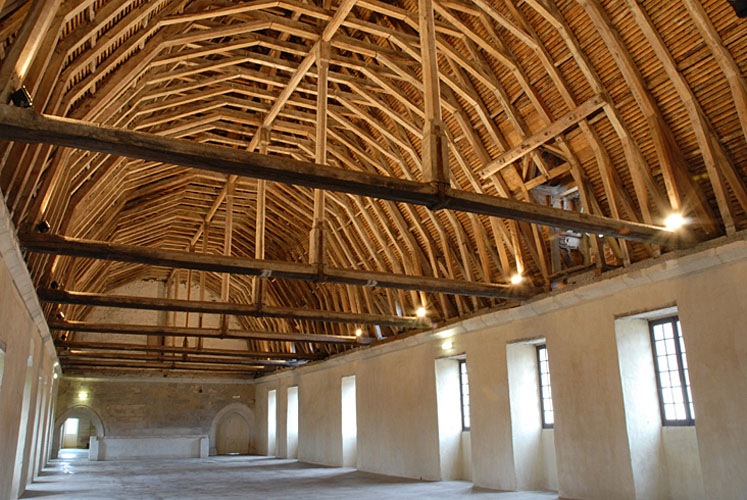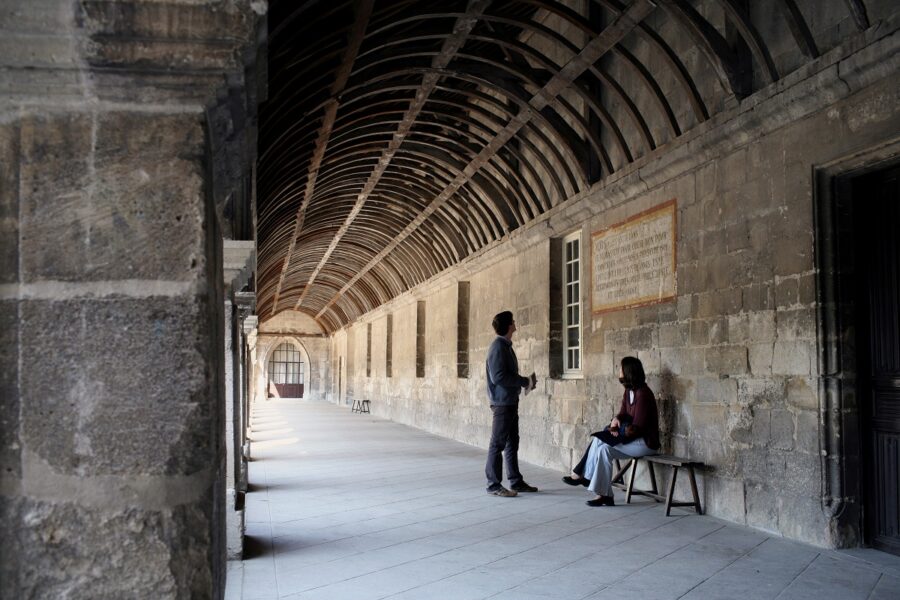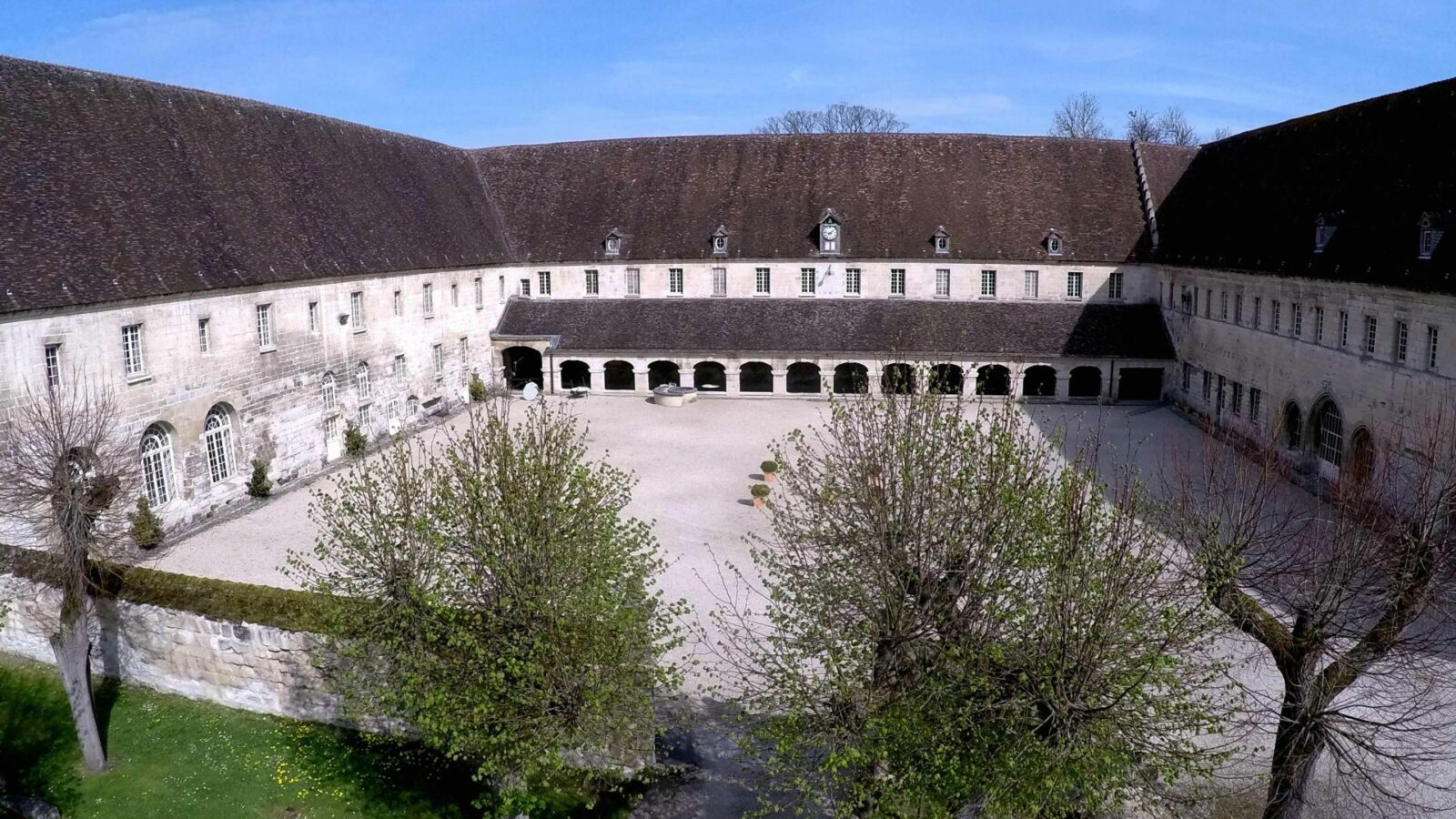Add to favorites
An impressive place because of its great age and its royal dimensions! Its immense rib-vaulted cellar, its dormitories with medieval structure and its refectory decorated with frescoes continue to be admired by visitors. A visit will take you on a journey through the history of France accompanied by those who lived here.
On the banks of the River Oise, at the Pont-Sainte-Maxence exit, in the direction of Pontpoint,
First a château …
Philippe de Beaumanoir, bailiff of Senlis, was the first builder of the Manoir de Moncel. In 1296, Philip the Fair, the eleventh king of France – a direct descendant of Hugh Capet, the first king elected at Senlis – decided to come and live in the Manor and make it his Maison Royal. He appreciated the proximity of the Halatte forest hunting grounds. Ironically, he died here following a fall from his horse, during a hunt with hounds, in 1314. The castle remained a royal residence until 1709, when Louis XIV donated it to the Clarisses. It was then demolished and some of the stones were used for the construction of the current enceinte.
… Then a feminine abbey
In 1309, perhaps to redeem himself for having destroyed the Templars, King Philippe the Fair founded a convent so that the Clarisses sisters would pray for him, his successors and the prosperity of the kingdom. It was completed, by the King Philippe of Valois and his wife Joan of Burgundy, only in 1336. The queen gave many gifts to the convent and requested in her will that her entrails be buried in the abbey church. Many other noble ladies copied her, which provided additional income for the Abbaye de Moncel.
Various saints and great ladies linked to royal powers passed through the abbey and contributed to its fame throughout history.

Decline
In the late 16th century, the Eighth War of Religion (1585–98) seriously disrupted the life of the abbey. Then, with Louis XIV’s rise to power, the abbey lost royal favour. During the French Revolution, the abbey church was destroyed and the abbey sold as a bien national.
During its 426 years of existence, the abbey housed 492 nuns, who spent most of their lives there.
Next, it was occupied by a wine merchant. Then, in 1923, it was bought by the bishopric of Beauvais to be turned into a seminary and a boarding school.

Revival
A witness to the vicissitudes of history, the abbey regained its former glory thanks to an extensive restoration programme led by the Club du Vieux Manoir.
Refurbished rooms and mannequins present the Clarisses in their daily activities and enable visitors to get a feel of the atmosphere of monastic life.
The beauty of the site has inspired several film directors to use it as a film set – it features, for example, in The Carmelites (1960) and A Very Long Engagement (2004) – which generated additional resources for its restoration.
Each year, the Club du Vieux Manoir hosts youth workcamps, where young people work on excavations and the restoration of the site.
The beautiful park and the vast buildings, chapter houses, cellars, dormitories host seminars and receptions for 100–500 people.
In summer, exhibitions and events add to a visit of the abbey and its six-hectare park.
Practical information
Abbaye royale du Moncel
60700 Pontpoint
Tel: +33 (0)3 44 72 33 98
www.abbayedumoncel.fr
To complete your visit:
Click on this link to discover an idea for a walk, or download the app ‘rando Parc Oise’ to be geolocated.
Add to favorites






